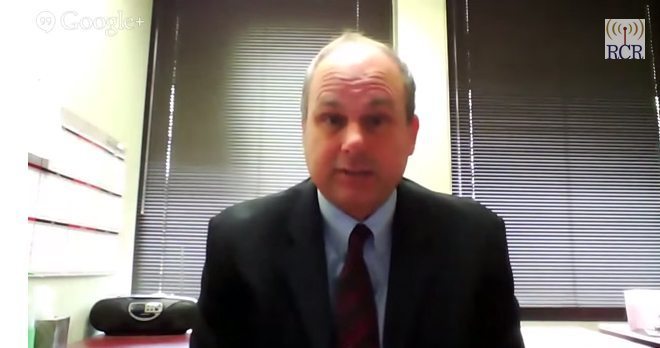Looking to add some clarity to the burgeoning LTE space, RCR Wireless News spoke with Chris Pearson, president of trade group 4G Americas, to get his view on the launch of LTE services across the Western Hemisphere; the progress of LTE-Advanced; regional challenged to the rollout of LTE-based services; and finally an initial dive into what so-called “5G” can bring to the table.
Pearson noted that North America continues to lead the world in LTE adoption, with the region accounting for nearly half of all LTE connections. That growth is being supported by a growing scene in Latin America, which while still small in comparison to total connections, is set to show considerable growth. Pearson did note that while LTE is taking hold in Latin America, he expects legacy 3G networks to continue serving a majority of mobile broadband connections for the foreseeable future.
Taking a look at challenges facing the region, Pearson echoed comments from many operators that spectrum remains a barrier to further development and deployment of LTE-based services. While there are a number of spectrum auctions scheduled across the region, consumer demand has operators looking for more creative ways in squeezing more capacity and capabilities out of those networks. Some of those decisions include dipping into the bag of tricks offered by LTE-A, including carrier aggregation and tighter small cell integration.
Looking further down the road, Pearson explained that while we are still in the early- to mid-stages of LTE rollouts, a new focus on 5G provides technologists with a goal in trying to further extend the capabilities of mobile broadband services.
Bored? Why not follow me on Twitter?

LTE is king of the road now, but LTE-A, 5G look ready to challenge
ABOUT AUTHOR
